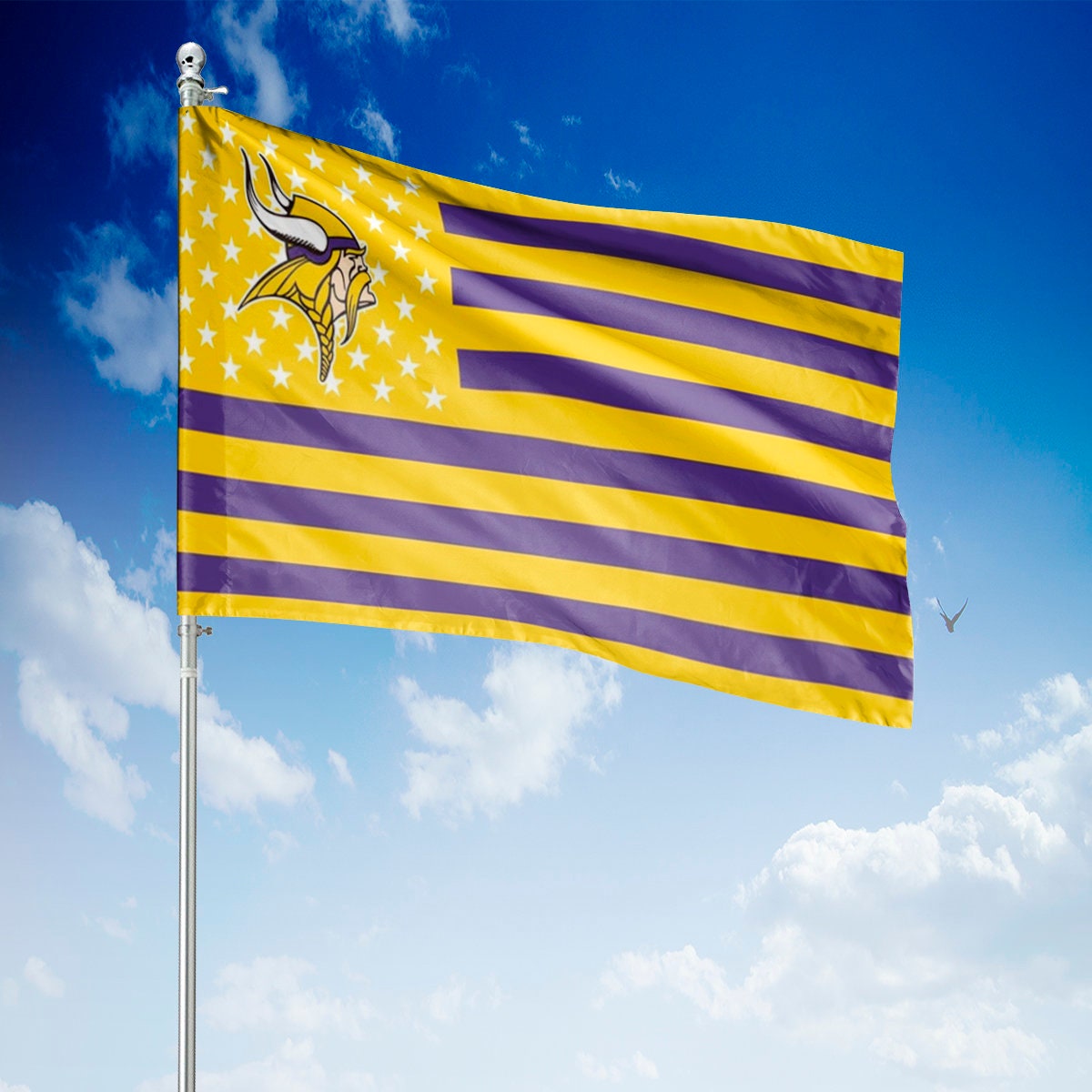

The Coat of Arms Act has been amended several times and refers extensively to executive ordinances, some of which have never been issued. Legislation concerning the national symbols is far from perfect. The colours and flags of the Republic of Poland are described in two legal documents: the Constitution of the Republic of Poland of 1997 and the Coat of Arms, Colours and Anthem of the Republic of Poland and State Seals Act ( Ustawa o godle, barwach i hymnie Rzeczypospolitej Polskiej oraz o pieczęciach państwowych) of 1980 with subsequent amendments (henceforth referred to as "the Coat of Arms Act"). The other four flags include those of Argentina, Guatemala, Palau, and Sweden.ĭesign Horizontal and vertical display of the colours of the Republic of Poland Legal sources It is one of five flags that use the 5:8 ratio. In Poland, many flags based on the national design also feature the national colours. Two national flags ( Indonesia and Monaco) have the red stripe above the white one. Horizontal bicolours of white and red being a relatively widespread design, several flags are similar but unrelated to the Polish one. Current Polish law does not restrict the use of the national flag without the coat of arms, as long as the flag is not disrespected. Other institutions and many Polish people fly the national flag on national holidays and other special occasions of national significance. The flag is flown continuously on the buildings of the highest national authorities, such as the parliament and the presidential palace. Since 2004, Polish Flag Day has been celebrated on 2 May. The national flag was officially adopted in 1919. Until 1831, Polish soldiers wore cockades of various colour combinations. They are of heraldic origin and derive from the tinctures (colours) of the coats of arms of the two constituent nations of the Polish–Lithuanian Commonwealth (i.e., the White Eagle of Poland, and the Pursuer of the Grand Duchy of Lithuania, a white knight riding a white horse), both on a red shield. White and red were officially adopted as national colours in 1831, although these were associated with Poland since the Middle Ages and were emphasized on royal banners.

A similar flag with the addition of a white eagle is used as the naval ensign of Poland. A variant of the flag with the national coat of arms in the middle of the white fess is legally reserved for official use abroad and at sea. The two colours are defined in the Polish constitution as the national colours. The national flag of Poland ( Polish: flaga Polski) consists of two horizontal stripes of equal width, the upper one white and the lower one red. Pennant of the president of the Republic of PolandĬrowned white eagle in a red field bordered with a white wavy line. In the center of the white strip, in the part between the louvre and the apex of the indentation between the tongues, is the emblem of the Republic of Poland.
VIKING FLAG WITH RED AND WHITE STRIPES AND A BIRD FREE
For more guidance, see Wikipedia:Translation.įlag with coat of arms of the Republic of PolandĪ horizontal bicolour of white and red defaced with the arms of Poland in the white stripe.Ī flag consisting of two stripes, white and red, terminated in two triangular tongues on a free leech.You should also add the template to the talk page.A model attribution edit summary is Content in this edit is translated from the existing Polish Wikipedia article at ] see its history for attribution. You must provide copyright attribution in the edit summary accompanying your translation by providing an interlanguage link to the source of your translation.

If possible, verify the text with references provided in the foreign-language article.


 0 kommentar(er)
0 kommentar(er)
